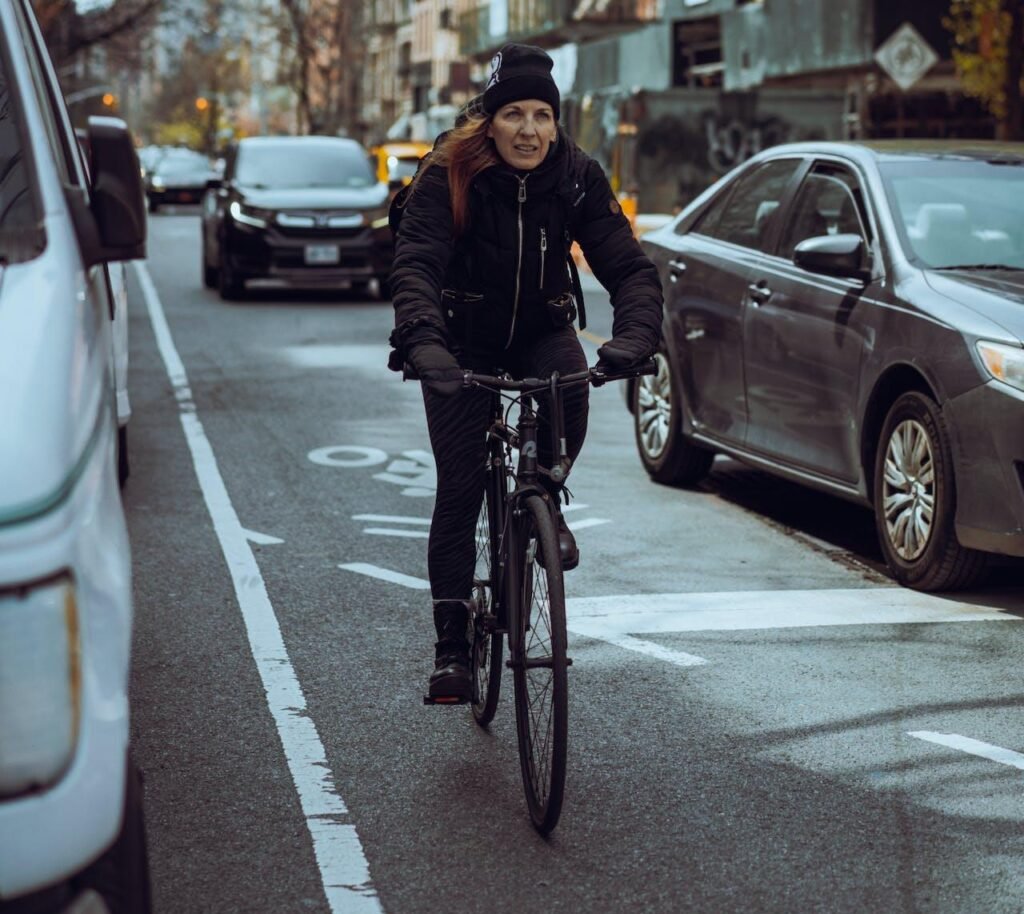With over 50 million cycling enthusiasts across America, representing surging interest in bicycling for transportation, exercise and recreation, the need for improving infrastructure and protecting rider rights has never been greater.

Dedicated cyclist rights advocates play a vital role lobbying local and state governments to enact more bike friendly laws, expand bike lanes and trails, and foster greater public awareness of cyclist issues. Aspiring cycling advocates can make profound differences improving bicycling safety and accessibility in their communities.
Introduction
Cycling advocates dedicate themselves to progressing key bicyclist priorities spanning infrastructure expansions, legislative changes, public service campaigns and event organizing.

While advocating entirely as volunteers, these impassioned cycling proponents leverage their experience, networks and persuasive skills to open dialogues and influence decisions critical to enabling safer, more practical bicycle usage. This guide covers core focus areas and effective techniques for spearheading positive changes as a cycling rights advocate.
Primary Initiatives Cycling Advocates Champion
Typical causes cycling advocates champion include:
Expanding Bicycle Lanes and Trails
Campaigning transportation agencies to widen road shoulders for bikes and install more dedicated bike lanes and recreational trails to improve rider safety and accommodate surging bicyclist numbers.
Updating State and Local Bicycling Laws
Lobbying lawmakers to pass more effective regulations protecting cyclist rights and safety like enhanced penalties for motorists dangerously crowding or striking bicycles. Reforming outdated, insufficient statutes remains an ongoing need.
Educating the Public on Sharing Roads Safely
Raising public awareness of bicyclist rights through campaigns dispelling myths about impeding traffic and clarifying passing distance minimums and other road sharing protocols.
Core Skills and Background for Effective Cycling Advocates
While passion for cycling issues drives most advocates, certain skills, experience and resources facilitate persuading decision makers effectively, including:
Established Cycling Participant
Possessing years actively bicycling in the community, leaders better understand local infrastructure gaps and dangers.
Strong Communication Talent
From writing compelling materials to public speaking and negotiating agreements, conveying messages skillfully enables influencing outcomes.
Legal and Political Savvy
Grasping laws and political dynamics allows presenting well-reasoned arguments aligned with practical realities.
5 Impactful Activities for Cycling Advocates
Leading cycling advocacy groups master varied tactics for driving change, including:
1. Circulating Petitions and Lobbying Decision Makers
Rallying widespread cycling community support through signed petitions and direct lobbying conveys urgency and collective priorities to politicians considering infrastructure funding or law updates.
2. Spearheading Informational Events and PR Campaigns
Coordinating public forums, protests, press interviews and awareness campaigns keeps cycling safety needs visible while clarifying misconceptions about bicyclists.
3. Mobilizing Social Media Channels
Harnessing the reach of platforms like Facebook and Twitter helps broadly share messages and event updates to galvanize supporters.
4. Publishing Impactful Content
Distributing editorials, fact sheets, investigative reports and other cycling safety materials through traditional and online media sways opinions.
5. Serving on Infrastructure Committees
Accepting appointments onto state DOT and local transportation committees allows direct input on decisions around master planning and project funding.
5 Key Focus Areas for Cycling Advocacy Groups
Leading bicycle advocacy organizations concentrate efforts across:
- Bike Lanes and Trails – Expanding dedicated cycling infrastructure
- Traffic Laws and Law Enforcement – Improving protections through legislative reforms
- Public Awareness Campaigns – Correcting misconceptions about bicyclists through outreach
- Advocacy Training and Resources – Workshops empowering more supporters
- Political Outreach and Lobbying – Actively influencing infrastructure funding and lawmaking
Through coordinated initiatives across these realms, the most successful cycling advocates affect tangible improvements enhancing cycling accessibility and safety.
Conclusion
With bicycling’s immense upsides for mobility, sustainability and healthier living, dedicated cycling advocates play a profound role spearheading positive changes through upgraded infrastructure, safer roads, and political progress. By embracing passion for bicycling with sound advocacy tactics, grassroots leaders can rally communities, sway decision makers and achieve breakthroughs benefitting cycling enthusiasts locally, statewide and nationally

